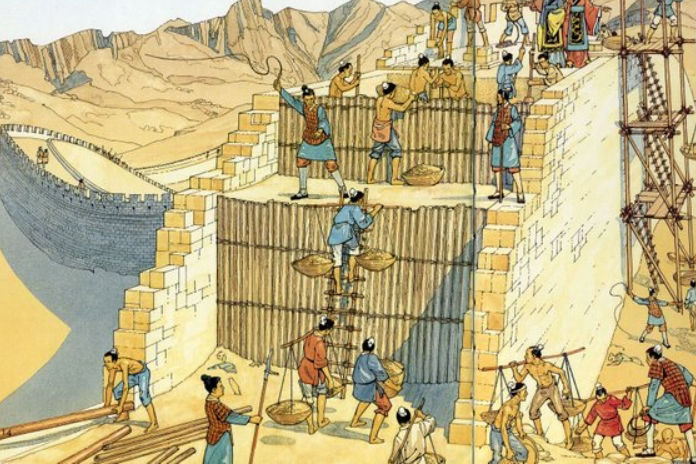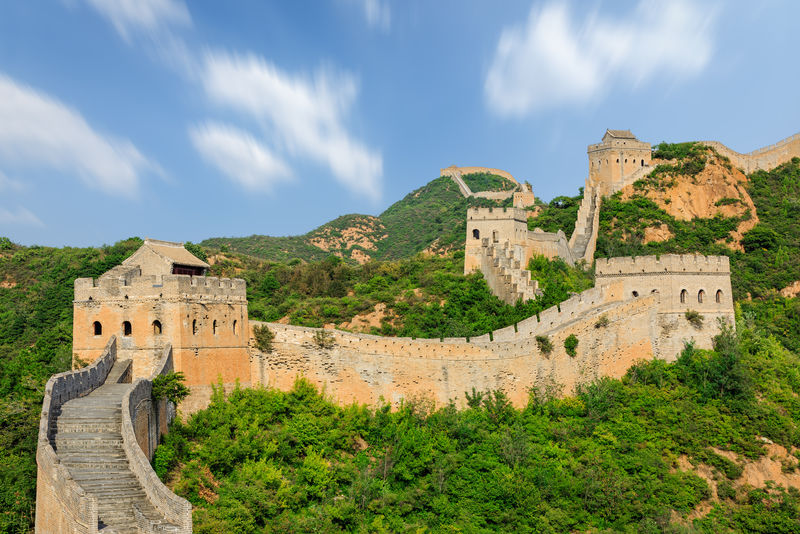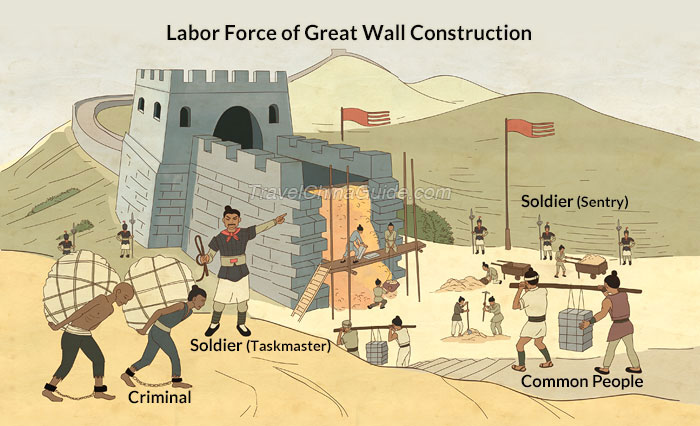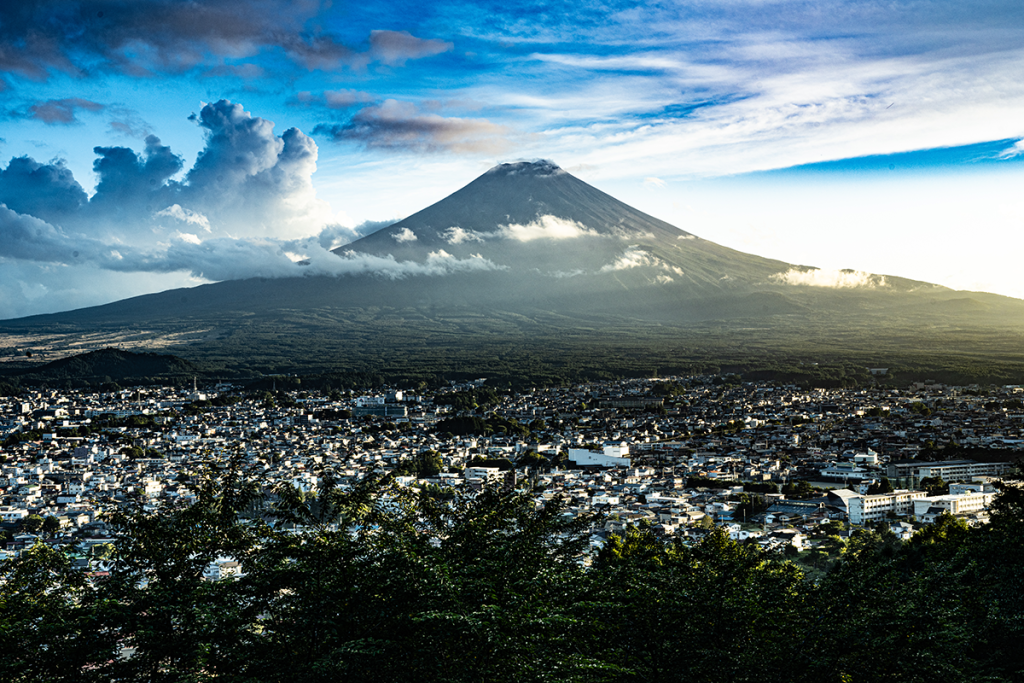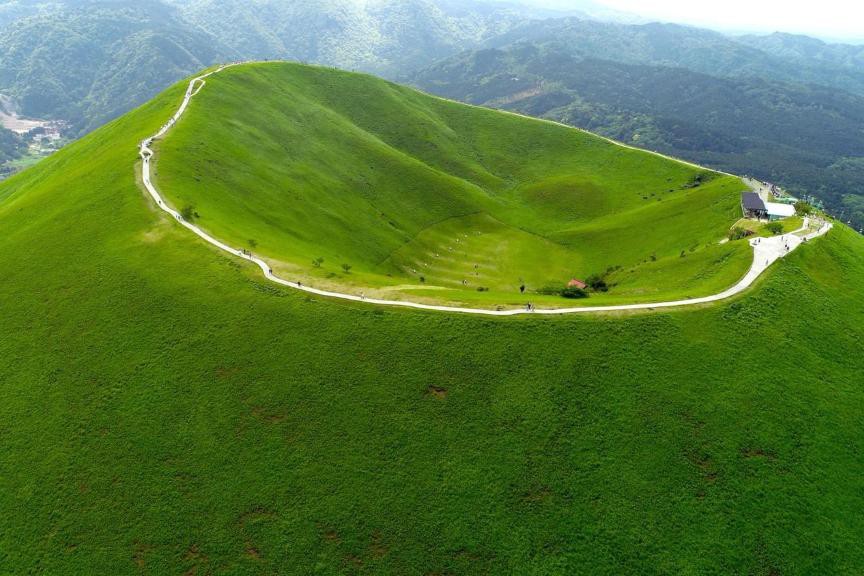The Great Wall of China stands as a testament to human ingenuity and resilience, captivating the world with its grandeur and sheer magnitude. Spanning over 13,000 miles, this colossal structure has fascinated historians, explorers, and tourists alike for centuries. What is the story behind the Great Wall of China? Behind its mighty façade lies an enigmatic story, filled with myths, legends, and a testament to the unwavering spirit of the Chinese people.
Unveiling the Enigmatic Tales
The origins of the Great Wall of China date back over two millennia, with construction starting as early as the 7th century BC. Initially built to protect the Chinese Empire from invasions by nomadic tribes, it evolved over time into a formidable defense system against various threats. Contrary to popular belief, the Great Wall is not a single continuous structure but a series of interconnected walls, fortifications, and watchtowers spanning vast stretches of rugged terrain.
Legends also shroud the Great Wall, adding to its enigmatic nature. One such tale tells of the laborious process in its construction. It is said that when the Great Wall was first built, the mortar used to bind its stones contained a secret ingredient: sticky rice. This unique concoction was said to provide unparalleled strength and durability, allowing the wall to withstand the test of time. This mythical ingredient remains a mystery since no written records have been found to confirm its use.
What is the story behind the Great Wall of China?
The construction of the Great Wall involved tremendous effort and sacrifice. Millions of laborers, including soldiers, peasants, and prisoners, dedicated their lives to this colossal undertaking. The construction process was extremely challenging, with workers enduring harsh weather conditions, treacherous terrains, and a grueling workload. Many lost their lives during its construction, leading to the belief that the Great Wall is also known as the “longest cemetery in the world.”
Beyond its military function, the Great Wall played a crucial role in facilitating cultural exchanges, trade routes, and communication among different regions of China. It served as a symbol of unity, fortitude, and national identity, fostering a sense of pride among the Chinese people. Today, the Great Wall of China stands as one of the most iconic and awe-inspiring architectural achievements in history, attracting millions of visitors from around the world who come to witness its grandeur and unravel the mysteries that lie within its ancient stones.
The Great Wall of China continues to captivate the imagination of people worldwide, with its enigmatic tales resonating throughout history. Its construction, legends, and cultural significance make it a true wonder of the world. As we stand in awe of this mighty structure, we are reminded of the incredible feats that humans can achieve when faced with daunting challenges. The Great Wall stands not only as a physical testament to human ingenuity but also as a symbol of China’s enduring spirit and remarkable legacy.
